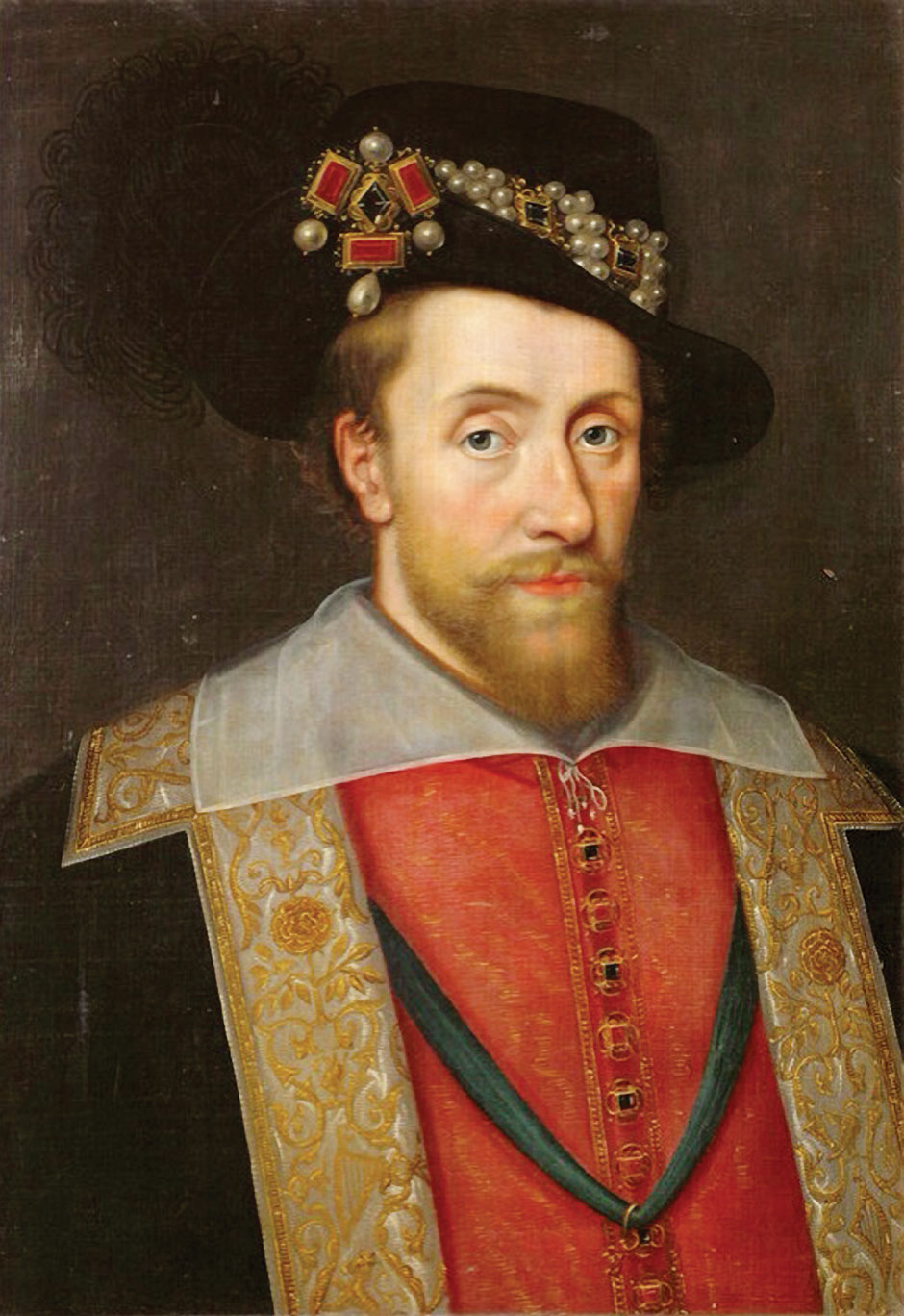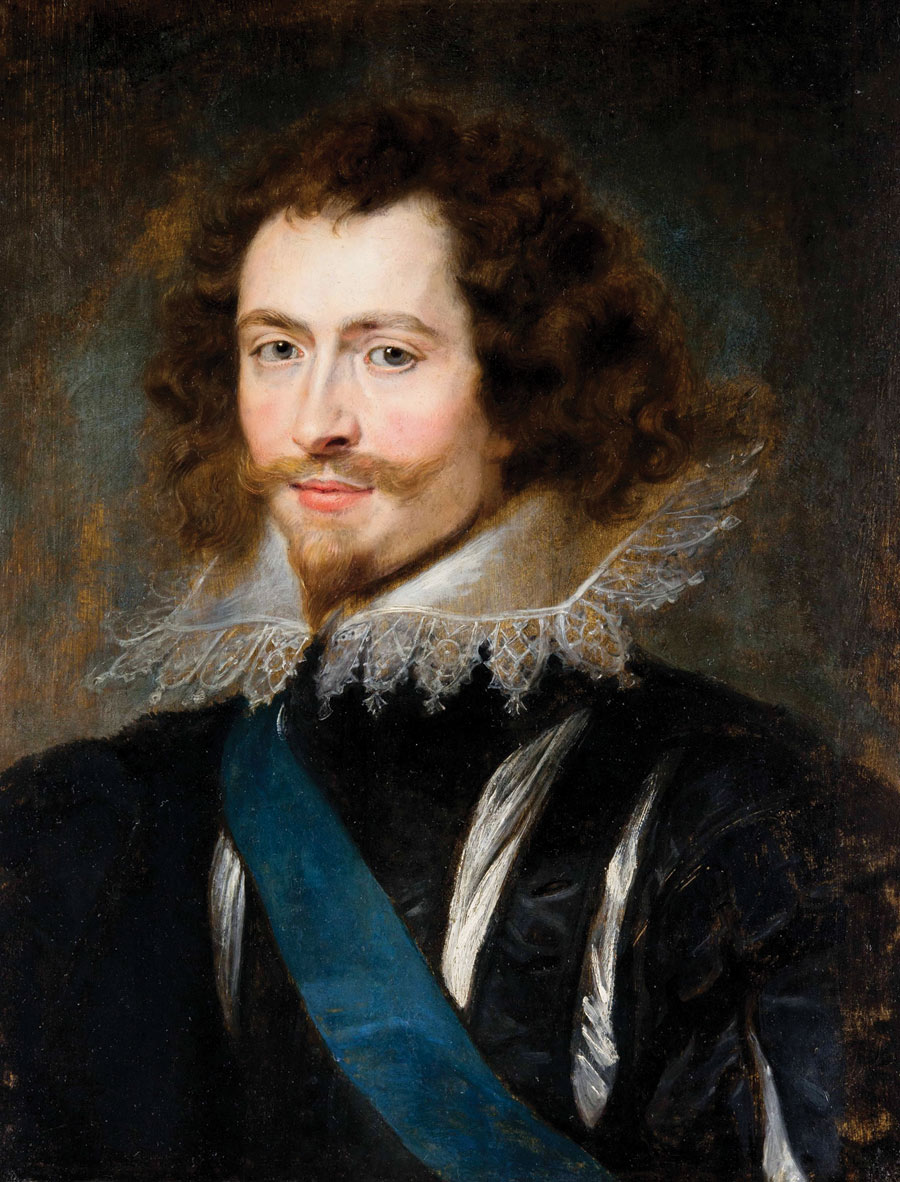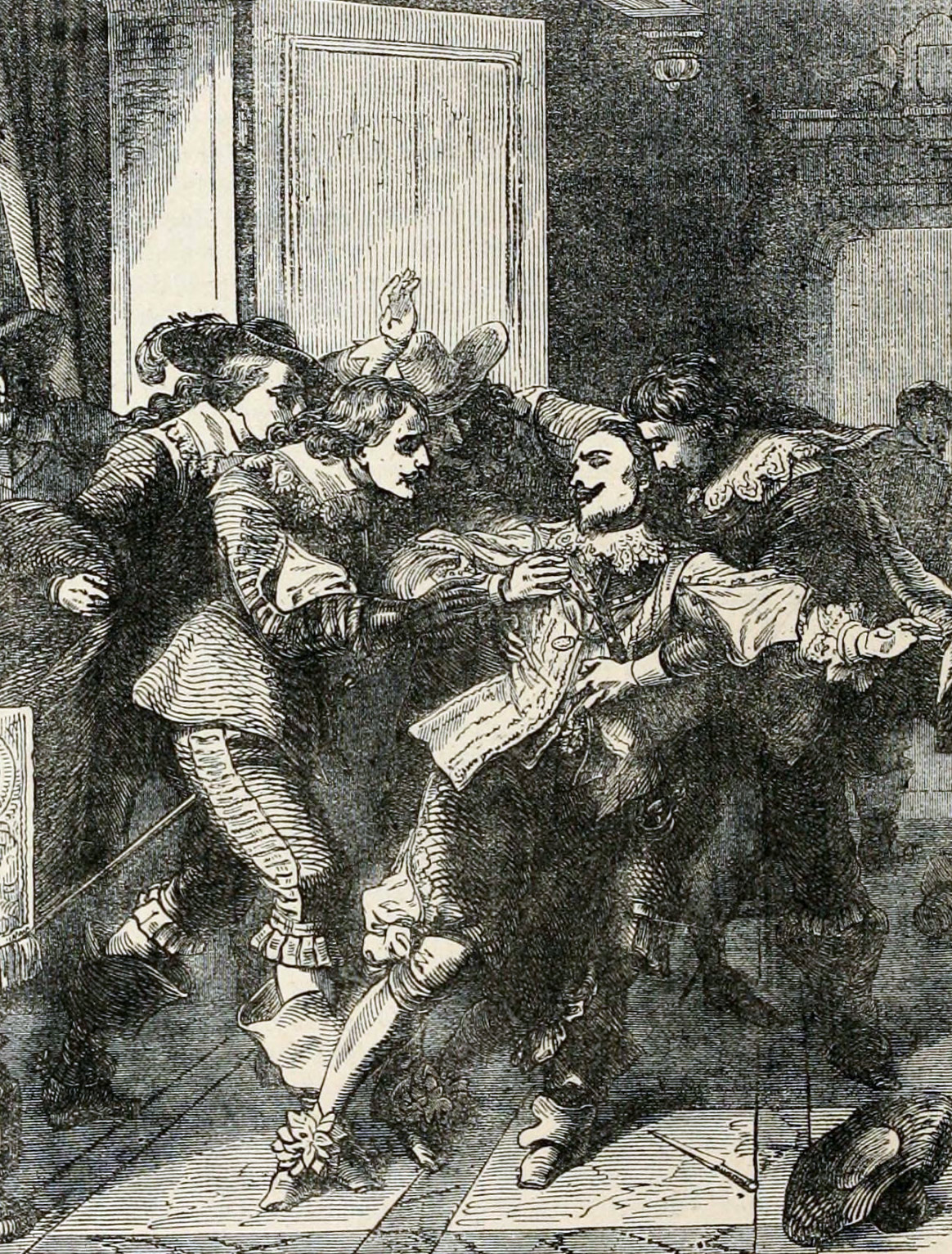Upon the death of the childless Queen Elizabeth in 1603, the English crown passed to her closest heir, James VI of Scotland. James inherited the English throne as the son of Mary Stuart, Queen of Scots, Elizabeth’s cousin and the favorite of English Catholics, whom Elizabeth had ordered beheaded in 1587. Becoming James I of England, he ruled until his death in 1625. Benjamin Woolley’s book, The King’s Assassin: The Secret Plot to Murder King James I, trains its focus on the finale of James’s 22-year reign, along the way trying to explain how Britain’s first Stuart monarch, who combined three crowns (including Ireland’s) into “Great Britain,” managed his kingship.

In relating the complex tale, Woolley once again proves himself an adept sleuth among complex sources. He is also a gifted storyteller. His 2001 book The Queen’s Conjuror, about a protoscientific adviser to Queen Elizabeth, won deserved praise for its narrative and Sherlock Holmesian qualities. These traits are again in evidence here, even if, in the end, Woolley fails to fulfill the promise of his book’s title.
Woolley’s approach is to toggle between his two main characters—the king and his leading minister, the Duke of Buckingham. It’s the latter who steals the show. Born to a minor rural gentry family as George Villiers, he ascended, with the help of his indomitable and domineering mother, into the king’s favor at an early age. Handsome—“the beauty of his beauty” was overwhelming, one contemporary wrote—emollient, devious, and smart, he caught the king’s eye at 21. He then began his journey from Villiers to Buckingham, the only duke in the kingdom, a man ennobled in successive stages by his royal patron. (Woolley often inadvisedly refers to Villiers by his given name “George,” as if the dependent ranked equally with the head of state and James’s son and successor, Charles I.)
Much of Villiers’s climb has the qualities of a telenovela. There are family and office politics, a plotting parent, tangled genealogy, and a twist made for our times: Villiers early on became the king’s cupbearer, then gentleman of the bedchamber—yes, that was his title—and possibly not someone who merely laid out the monarch’s clothes. Here’s the first of two instances in which Woolley, failing to be straight about the strongly inconclusive evidence of sexual shenanigans, turns mere possibility into asserted fact. It’s anyone’s guess whether the king and his leading minister were lovers.
The narrative then takes us from Villiers’s ascent to his dukedom and his historically significant state responsibilities; then to his growing disillusionment with the king; next to his strengthening bond with Prince Charles, who became the luckless (eventually beheaded) Charles I; and finally, after James’s untimely death, to Buckingham’s own violent end.

The duke has rarely won plaudits from historians, and the author doesn’t try to redeem him. During his 10 years by James’s side, Buckingham amassed a near monopoly on state patronage and became hated for that, as well as for his greed. What’s more, unlike his peaceable king, who sought to avoid war, Buckingham wished to embroil the realm in conflicts with Spain and France. He did so after unsuccessfully trying—in an escapade-in-disguise in Spain with Prince Charles that was as laughable as it was ill-fated—to arrange a marriage between Charles and the Spanish Infanta. That effort’s failure put Britain on a war footing against the Iberian power, which had hoped for peace under James’s watchful superintendence. Then Buckingham rashly led British forces in another failed military campaign, this one against France.
Because of the enmities he’d built up, it’s not surprising that after James’s death in 1625 Buckingham was immediately suspected of contributing to it. In fact, it took Charles’s dissolution of Parliament in 1626 to prevent Buckingham from being impeached—an act that only contributed to charges that the new king himself was in on his father’s death. These charges, with which Woolley closes his tale, dogged Charles during his own star-crossed reign.
The King’s Assassin is more than a narrative. It’s also a set of arguments. The principal one is embodied in the book’s title: “The King’s Assassin,” we are boldly told, is the book’s subject—as if the assassination is a proven fact and the murderer was Buckingham. But this, it turns out, is another of the author’s unsupported contentions. It’s not at all certain that Britain’s first Stuart monarch was murdered.
A well-received scholarly work by Alastair Bellany and Thomas Cogswell, The Murder of King James I, concludes, despite its similarly misleading title, that James died of natural causes from an illness and wasn’t assassinated. There is no indisputable evidence that James was assassinated by purposeful poisoning instead of dying of poor medical treatment, the general historical view. There is scant evidence, too—to use the words of the book’s subtitle—that there was a “secret plot” against the king. Yet, even though he waffles a bit, Woolley has no doubt of Buckingham’s complicity. “It seems more than likely,” he writes,
Woolley goes on, in light of “recent medical research conducted in Asia,” to identify aconite as the poison Buckingham used. He then ventures to suggest, even more wildly and without supporting evidence, that Buckingham conspired with the throne’s inheritor, Charles I, to hasten James’s death.
To further compound the problems with The King’s Assassin, the book does in fact hang on an indisputable assassination—but not of James. Instead, it was Buckingham himself who was murdered by an aggrieved army officer on suspicion of being a regicide.
This is not to redeem Buckingham from historians’ condescension. It can’t be done, and Woolley doesn’t try to do so. James, however, has had better recent luck at historians’ hands. He is of course recognized as the patron of the celebrated eponymous edition of the Bible that so many people in the English-speaking world were reared on for centuries. The age of Jacobean—that is, Jamesian—literature and arts is scarcely less notable than the Elizabethan age that preceded it; Shakespeare was still writing his great works and James himself has been recognized as a serious scholar and decent poet. And perhaps most notably, James succeeded in keeping his realm out of continental wars despite Buckingham’s efforts to embroil Protestant Britain in conflict with Habsburg Spain and Catholic France.
Like so much European history of 400 years ago, the dynastic and political complexities of a tale like Woolley’s sometimes seem overwhelming. American readers can be forgiven a certain impiousness about the ins and outs of early-17th-century British nobility and political factionalism. Yet Woolley’s highly readable book is very much a popular history for our own time, many of its themes and characters recognizable from life as well as from literature and film.

It’s about an androcentric social-political class—men gathering, hunting, and scheming together, in kinship and competition, to run a nation-state. The principal female figures who enter the story—Villiers’s mother, the young queens of Spain and France—are all strong, even if most of the others, like Buckingham’s cuckqueaned wife, play supporting parts. While you sometimes think you need a shelf of Burke’s Peerage at your elbow to follow the links among the titled figures, you can probably keep your bearings if you’re a follower of the BBC on PBS.
What’s more, its theme is Horatio Algerish: of a man rising if not from rags to riches then at least from modest circumstances to be the king’s right-hand man. Reading the book, I was cast back to my school-day vacations when the lunchtime radio was tuned to Our Gal Sunday, the soap opera whose well-known opening question was “Can this girl from a small mining town in the West find happiness as the wife of a wealthy and titled Englishman?” The answer then was “more or less,” just as it proved earlier with George Villiers.
And then there’s the titillating possibility of a carnal relationship. Did this scion of the minor gentry, as we might say, sleep his way to the top? Whether Villiers was ever the king’s lover isn’t clear. (He is not the only of James’s reputed male lovers.) There can be no doubt, however, of women’s appeal to Buckingham and vice versa. His own marriage yielded numerous children. That he may have slipped between the sheets with men and women alike—at least enough so as to help him rise to prominence—can only add to today’s interest in him.
All this having been said, a great deal of context and interpretation is missing from Woolley’s book. You wouldn’t know from its pages, for instance, that starting in 1618, late in James’s reign and extending well into Charles’s, one of the most horrific wars in history, the Thirty Years’ War, raged throughout most of Europe. Nor would you discover that it was that war, and not just a minor embroilment with Spain, from which James kept Britain, much to its commercial benefit. You wouldn’t learn that it was under James that Britain’s earliest North American colonies were firmly planted and its interests in India greatly expanded through the East India Company. Then there was James’s encouragement of English and Scottish settlements in northern Ireland, a policy that dogs Britain as well as Ulster to this day. The King’s Assassin is old-fashioned, public-events history with many important public events left out.
Still, what a story! A son of the country gentry makes it into the king’s bedchamber and perhaps into his bed! Yet what, besides the often salacious narrative itself, are we to take away from the facts? The author doesn’t give us much help. Treat this book as a good story but not dependable in its claims or a full history of that far-off day.

